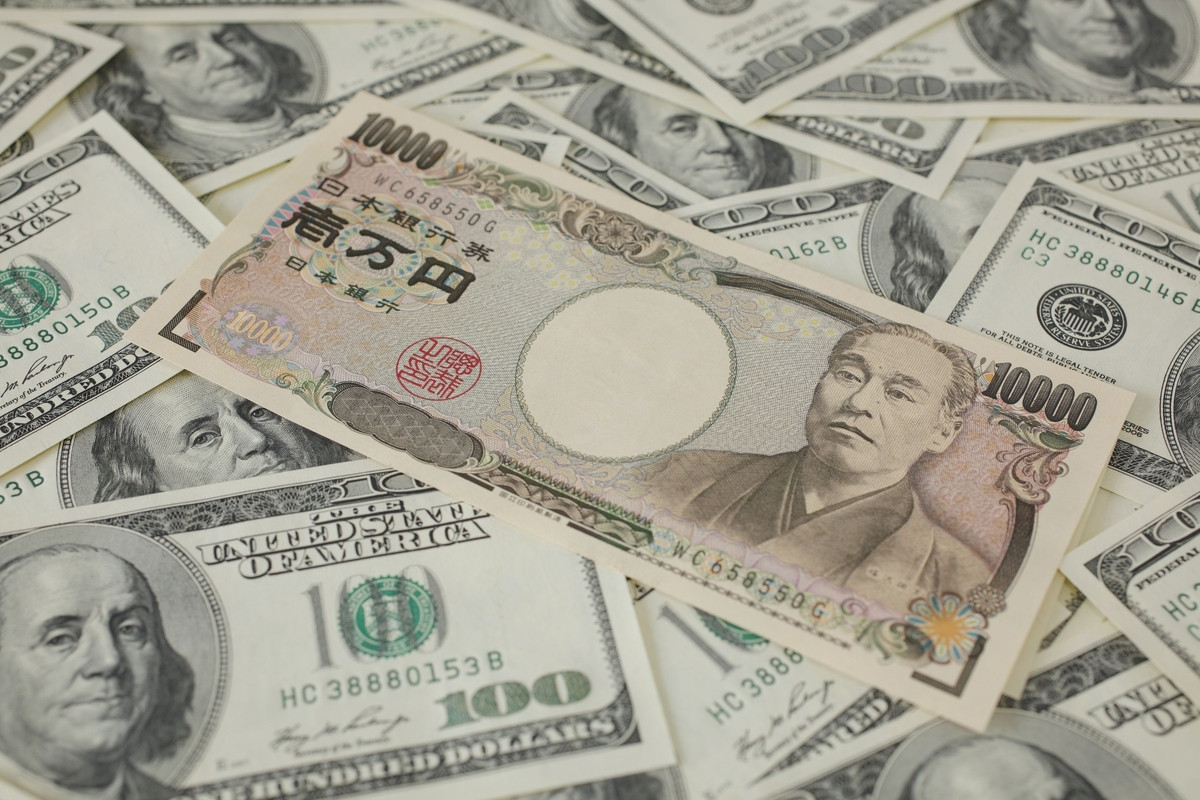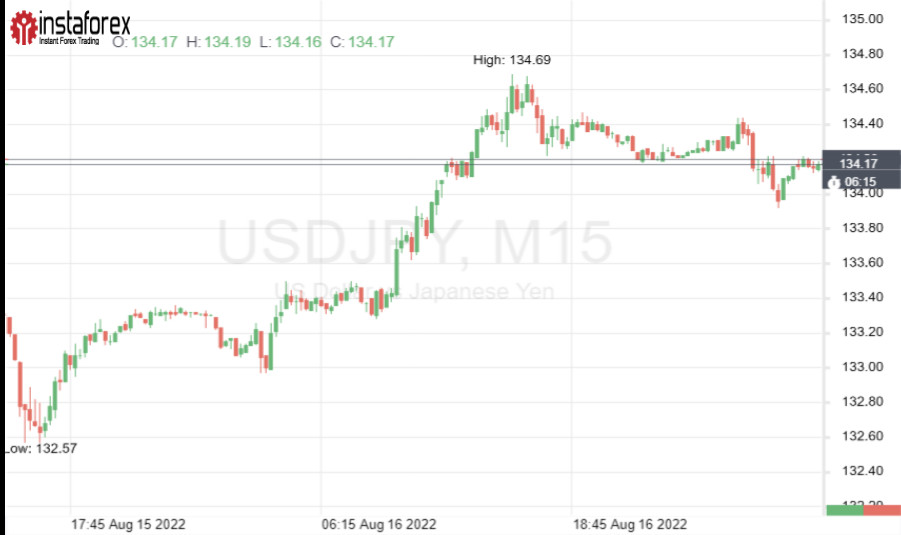
Since the beginning of the year, the dollar has gained more than 10% against the yen. However, now the alignment of forces is beginning to quietly but surely change in favor of the JPY. How and why can the yen take the lead?
The dollar is still on the horse
The main growth trigger for the USD/JPY pair this year was the monetary divergence. While the US Federal Reserve is actively fighting inflation by raising interest rates, its Japanese counterpart continues to go the dovish route.The bearish yen peaked in mid-July. Back then, on expectations of a more hawkish Fed policy, USD/JPY jumped to a new 24-year high of 139.
Many experts predicted that a further increase in the difference in interest rates between the US and Japan would allow the asset to rise above the level of 140. But this did not happen.
On the contrary, since reaching its July low, the Japanese yen has managed to strengthen against the dollar by 3%. It was strongly supported by the latest US inflation report.
Recall that in July, inflationary pressure in the US eased significantly. This provoked speculation about a possible slowdown in the rate hike by the Fed.
However, most Fed officials are still in favor of continuing the aggressive course. This keeps US Treasury yields high and fuels the dollar.
Yesterday, the yield on 10-year US bonds rose to 2.82%, while the greenback index updated a 3-week high, reaching 106.94.
The figures rose ahead of today's release of the minutes of the meeting of the Federal Open Market Committee. Investors expect to see hints of a 75 bps rate hike in the FOMC minutes in September.
Against this backdrop, the USD/JPY pair showed a spectacular rise on Tuesday, soaring to 134. Compared to the low of 131.73 reached on August 11, the asset rose by 1.7%.

Obvious-incredible: the yen will rise
Despite the current weakness of the Japanese currency against the dollar, some analysts believe that the JPY will begin to gradually gain strength in the near future.
The fact that the yen now has a good growth potential is evidenced by its impressive dynamics in other currency pairs.
Thus, against the euro, the exchange rate of the yen jumped by almost 6% from its June low - a mark of 144. And against the British pound, the yen has grown since the beginning of August by about 4%.
"The yen's selling momentum is clearly waning from its peak," said currency strategist Yukio Ishizuki. – Of course, we are not yet seeing a massive move to buying JPY, but we see that it is becoming increasingly difficult for traders to stick to the strategy of short positions in the yen.
The latest data from the Commodity Futures Trading Commission showed that leveraged investors cut their net bearish bets on the Japanese currency to the lowest level since March last year.
All this indicates that the worst for the yen seems to be over. Just ahead is an ascent in relation to many currencies, including the dollar.
Recall that on June 21, the trade-weighted yen index bottomed out. Since then, the JPY has been able to rise against 8 of its peers from the group of 10.
"This is a sign that the recovery in the yen may be more than just a reaction to the recent narrowing of the gap between US and Japanese bond yields," writes Bloomberg.
According to analysts of the release, the main catalyst for the yen's growth now is the growing fears about the slowdown in global economic growth.
The risk of a global recession amid a deep energy crisis in Europe increases the appeal of safe assets, which traditionally include the Japanese currency.
Bloomberg analysts believe that the level of bull confidence in the yen could be even more stable if the JPY managed to strengthen more against the Australian dollar. Since June 21, the yen has risen only 1% against the aussie.
Meanwhile, a further decline in commodity prices due to fears of a slowdown in the global economy could undermine the position of the Australian currency.
In this case, the yen index is likely to begin a convincing increase, as a result of which a bullet will be put in the USD/JPY rally.





















